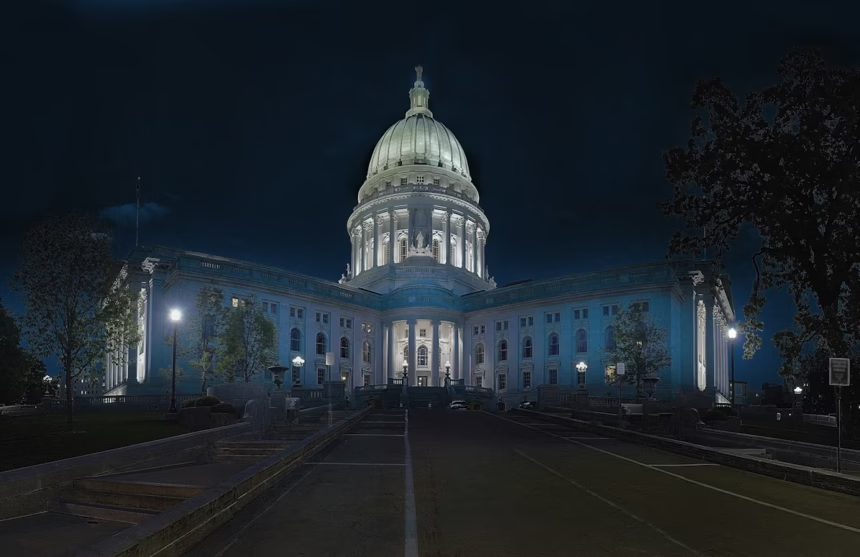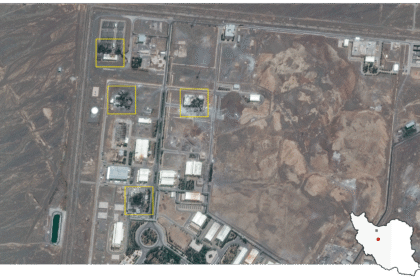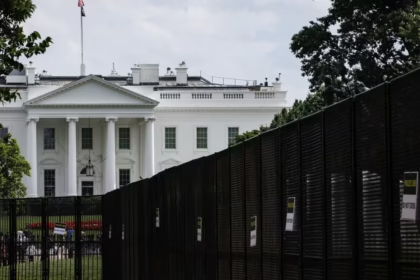In a significant shift that could alter the course of U.S. monetary policy this summer, Federal Reserve Governor Christopher Waller stated on Thursday that interest rate cuts may be warranted as early as July, provided that inflation continues to show signs of cooling. Speaking in an interview with CNBC, Waller’s comments suggest a more dovish tilt within the central bank, despite ongoing caution over declaring victory in the battle against inflation.
Waller, known for his typically hawkish stance on inflation control, acknowledged that recent economic data has been encouraging. “If inflation continues to cool for the next couple months—July and maybe August—I think we could then consider a cut in the policy rate,” Waller said. His remarks come just a week after the Fed opted to hold its benchmark interest rate steady, emphasizing the need for more evidence that inflation is sustainably moving towards the 2% target.
Shifting Economic Landscape
The U.S. economy has remained resilient in the face of tight monetary policy. Despite elevated borrowing costs, consumer spending and job growth have remained stable. However, the recent Consumer Price Index (CPI) report for May showed a 3.3% year-over-year rise, down slightly from previous months and below market expectations. Core inflation, which strips out volatile food and energy prices, has also edged downward.
This modest but consistent softening of inflation pressures appears to be giving the Fed breathing room. Waller’s commentary signals that the central bank may be inching closer to its long-awaited pivot—something markets have been eagerly anticipating.
A Calculated Approach
While acknowledging progress on inflation, Waller was careful not to overstate the case. “We still need more data. One or two months is not a trend,” he said. “But if we get three months of really good inflation data, then we can start talking seriously about easing.”
The caution stems from prior instances where inflation decelerated temporarily only to reaccelerate in subsequent months. The Fed’s primary concern remains entrenched inflation expectations, which can undermine policy effectiveness if the public perceives the central bank as prematurely accommodative.
Waller also emphasized that any decisions to lower rates would still align with the Fed’s dual mandate of price stability and maximum employment. He dismissed concerns that delaying cuts could push the economy into recession, noting that labor markets remain strong and GDP growth is holding up.
Market Reaction
Financial markets reacted swiftly to Waller’s statements, with stock indexes posting modest gains and Treasury yields dipping. Investors have been pricing in one to two rate cuts by the end of 2025, but Waller’s interview hints that the timeline may accelerate.
The remarks have injected fresh optimism into equities, particularly interest-rate sensitive sectors like real estate and consumer discretionary stocks. Meanwhile, the U.S. dollar slipped slightly against major currencies, as traders recalibrated expectations for future monetary tightening.
Political and Global Implications
With the U.S. presidential election approaching, monetary policy is becoming an increasingly politicized issue. While the Fed maintains independence, any perceived alignment with election-year economic goals may draw scrutiny. Waller reiterated that decisions are guided strictly by data and not political considerations.
Globally, a rate cut by the Fed could have ripple effects. Central banks in Europe and parts of Asia, which have also begun considering easing cycles, may find validation in the Fed’s shift. Moreover, looser U.S. policy could alleviate some of the upward pressure on global interest rates and ease financial conditions worldwide.
Looking Ahead
As July approaches, all eyes will be on upcoming inflation readings, particularly the June CPI and PCE reports. Should these continue to show a downward trend, the likelihood of a Fed rate cut will rise sharply. While uncertainty still clouds the timeline, the door to policy easing is now more visibly open.
Governor Waller’s measured but hopeful tone reflects a cautious optimism that the Fed may finally be nearing the end of its historic rate-hiking cycle. For consumers, businesses, and investors alike, that prospect carries both opportunity and risk in the months ahead.










